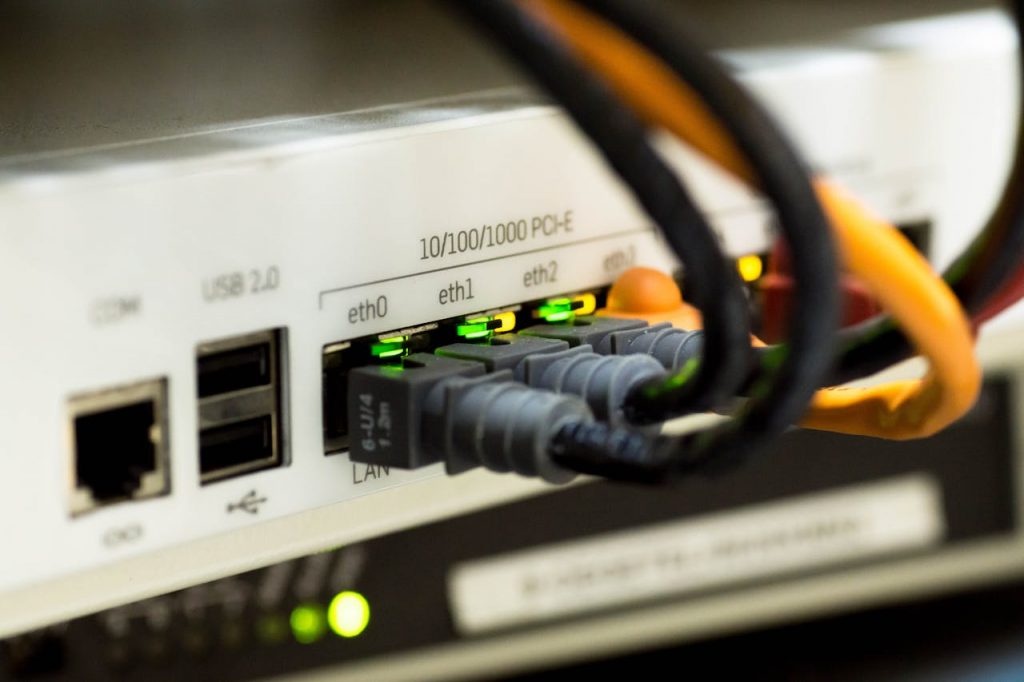Dario Smith
I'm "Dario Smith" a skilled SEO Specialist with five years of experience.
Common Ethernet Issues: How often do you get the sign on your computer or laptop display screen “Internet Connection Failure”, “No Internet...

Image Credits: pexels
Common Ethernet Issues: How often do you get the sign on your computer or laptop display screen “Internet Connection Failure”, “No Internet Connection”, or “Ethernet Cable Unplugged”? Well, all signs of poor ethernet cable performance.
There is a myth in networking diagnostic or troubleshooting that a low-category cable like the Cat5e Riser Cable might be the reason for the networking issue.
But that is not the right statement because any cable might get affected and need to be troubleshoot. The most common Ethernet Cable issues are generated in data centres where there are multiple LAN cables connecting different servers.
This blog will provide information about the network troubleshooting and troubleshooting steps. Furthermore, what are troubleshooting weaknesses and the network connectivity status indicator? Ready to take the initiative.
Before diving into the debate regarding troubleshooting and network diagnostics, understanding the dividing line between “Network Diagnostic” and “Troubleshooting” is important.
The above information regarding network troubleshooting and network diagnostics are different from each other. One is a problem-solving approach and the other involves tools and techniques to evaluate it.
Cat5e Riser cable with copper cable is rigid and allows maximum transmission over shorter runs but sometimes there might be networking issues that are affiliated with the networking servers or the cable is the cause. So what are the common Bulk Ethernet Cable issues and their common steps?
These are the most common issues that are encountered with the Network Cables. It is quite easy to troubleshoot your network with the following steps. The last step is to call the expert if you are not finding the problem.
Are you aware of the indicator lights often shown when you connect Ethernet cable bulk to routers, modems, or computers often these lights have some sort of information that is only readable to the Networking Expert. So let me guide you through the literal meaning of the Network Connectivity Status Indicators.
All these Networking Connectivity Status Indicators can be varied according to the manufacturers. The light signals are ideal but their identification is slightly different.
For better information refer to the guide or manual of your device. It will give you a clear shot of understanding the connectivity indicators.
You can optimize your network setup through any cable from low-cost Cat5e riser cable to the most expensive choice Cat6a for bulk installation. Optimizing your network involves careful steps and key points that you should follow.
Important Note: The Cat5e riser cable has no spline and is less tightly twisted than the other category cables. It is advised to keep distance from other electrical or power cables to reduce data fluctuations.
For your choice, there are many cables but all are not fit for the server speeds as some have limitations by their ISP (Internet Service Provider). The Cat5e riser copper cable is the top to start your networking and also to cater to 1 Gbps speed.
Also, the buying choice of the cable depends on the consumer, and for that reason, if you are not sure which cable to buy, always go with the cost-effective bulk Cat5e riser cable.
The reason is simple you will get a good speed over 164ft (Shorter Lengths), 350 MHz bandwidth will make it even easier, riser a PVC jacket will resist flames, and the different colors will make sure you can use this cable for the cabling management purpose for easy Network troubleshooting.
For ideal networking, there is always a networking cable like Bulk Cat5e riser cable in the copper conductor. It can be available in a riser or plenum. Besides environmental conditions, the problem may persist which ultimately ends in Networking Troubleshooting.
Networking Troubleshooting is a common phenomenon in every data centre office or commercial networking setup. It’s not written anywhere that only the low-grade cable will cause the issue but any cable if installed for a long time may cause networking problems. For that, you can use troubleshooting (Problem-Solving) techniques to solve the problem permanently.
Suggested:
Social Networking Service Now Made Compatible with Meta.
Fortifying Your Business Frontier: Essential Networking Security Strategies.